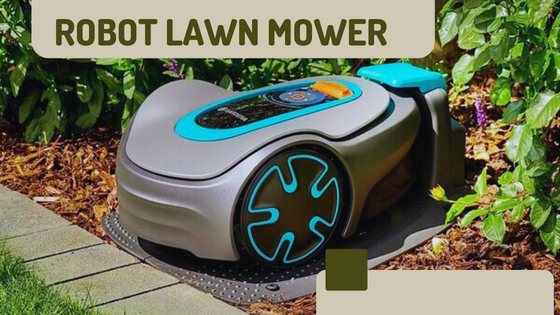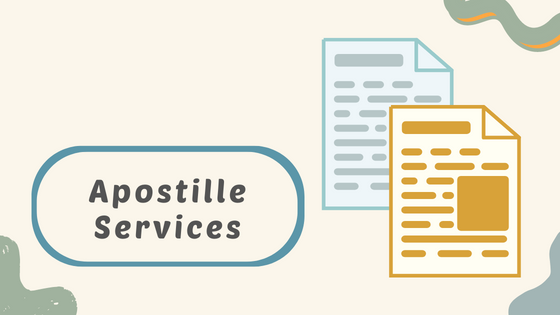How to Choose a Wedding Photographer in Düsseldorf
Planning a wedding is an exciting journey, but it also comes with important decisions. One of the most crucial choices couples face is selecting a wedding photographer. After all, your wedding photos will be the lasting memories of your special day, capturing every emotional moment and beautiful detail.
Düsseldorf, with its stunning architecture, vibrant cultural scene, and picturesque locations, offers an ideal setting for wedding photography. However, choosing the right photographer can be overwhelming with so many talented professionals available. Here’s a step-by-step guide to help you find the perfect wedding photographer in Düsseldorf.
Define Your Photography Style
Before you start searching, take some time to identify the photography style that resonates with you. Different photographers specialize in various styles, including:
- Traditional: Classic and timeless, focusing on posed shots and formal compositions.
- Documentary: Captures candid moments, telling a story through spontaneous and natural images.
- Artistic: Creative compositions with unique angles, lighting, and dramatic effects.
- Editorial: Styled like a magazine shoot, emphasizing sophisticated elegance.
Look through wedding photography portfolios to see which style best fits your personality and vision for your wedding day.
Research and Shortlist Photographers
Once you have a clear idea of your preferred style, begin researching wedding photographers in Düsseldorf. Browse online portfolios, websites, and social media pages to get a sense of their work. Pay attention to their consistency, storytelling ability, and overall aesthetic.
Consider reviews and testimonials from past clients. Positive feedback about professionalism, reliability, and creativity can help you narrow down your options.
If you want a photographer who combines artistry with authenticity, consider Corinna Wirtz. Her ability to capture the joy, love, and beauty of every wedding day has made her one of the best Hochzeitsfotograf Düsseldorf, ensuring that couples receive timeless memories they can treasure forever.
Set Your Budget
Wedding photography is an investment, and prices can vary depending on experience, packages, and additional services. Define a budget early in the process and compare different photographers’ rates. Keep in mind that higher-priced photographers often offer extensive services, such as engagement shoots, custom albums, and retouching.
While it’s tempting to cut costs, wedding photos are lifelong keepsakes. Choosing quality over price will ensure that your images are beautifully captured and professionally edited.

Schedule a Consultation
Meeting with your shortlisted photographers is essential. A consultation allows you to discuss expectations, ask questions, and get a feel for their personality. Since they will be an integral part of your big day, you should feel comfortable with them.
During the meeting, ask about their:
- Experience with weddings in Düsseldorf
- Approach to capturing emotions and candid moments
- Backup plans in case of emergencies
- Equipment and editing process
This is also a great time to review full wedding albums rather than just highlight reels. Seeing an entire collection will give you insight into their consistency and storytelling ability.
Understand Their Packages and Services
Photographers offer various packages, including half-day, full-day, and customized options. Some provide additional services such as engagement shoots, second shooters, and professional retouching.
Ensure you understand:
- The number of edited photos you’ll receive
- Delivery timeframe for your final images
- Prints, albums, or digital-only options
- Copyright and usage rights
Clarifying these details beforehand prevents any surprises later.
Visit Wedding Locations Together
If possible, schedule a venue visit with your photographer before the wedding. This allows them to assess the lighting, explore the best angles, and prepare for unique photo opportunities. Düsseldorf has breathtaking locations, from historic landmarks to scenic riverside spots, making location planning essential.
Book in Advance
Top wedding photographers in Düsseldorf get booked quickly, especially during peak wedding seasons. Once you’ve found the perfect photographer, secure your booking early to avoid disappointment.
Conclusion
Your wedding day is a once-in-a-lifetime event, and choosing the right photographer ensures that your precious memories are beautifully preserved. By defining your style, researching photographers, setting a budget, and scheduling consultations, you can make an informed decision.
Investing in a skilled photographer isn’t just about taking pictures—it’s about creating memories that will be cherished for generations.















































































































































































































































































































































































































